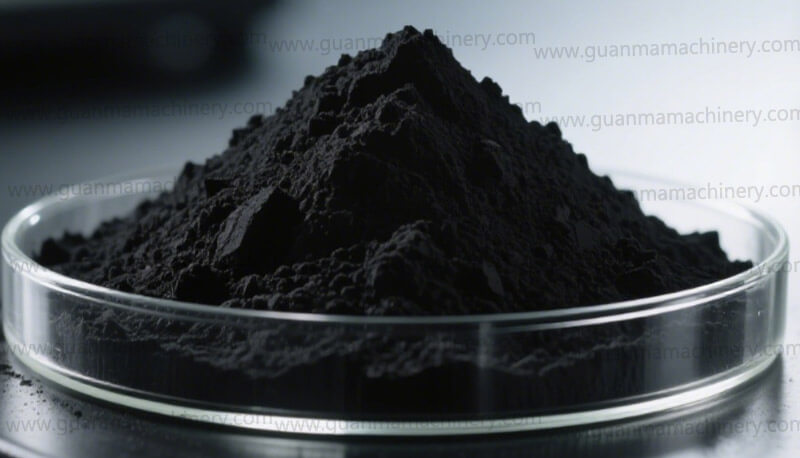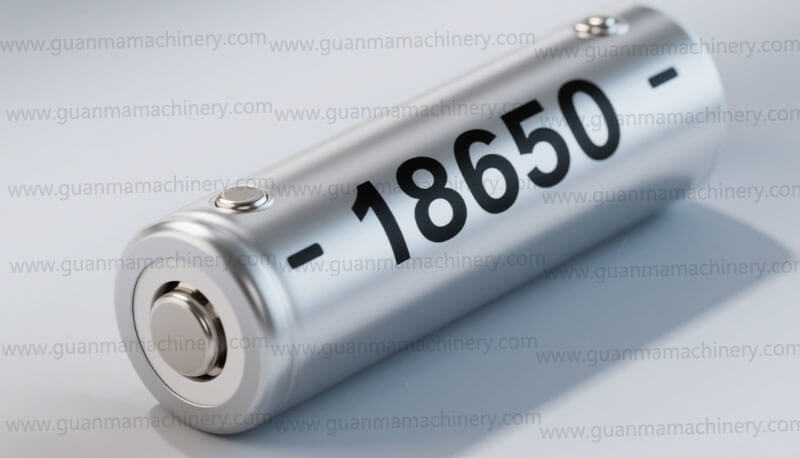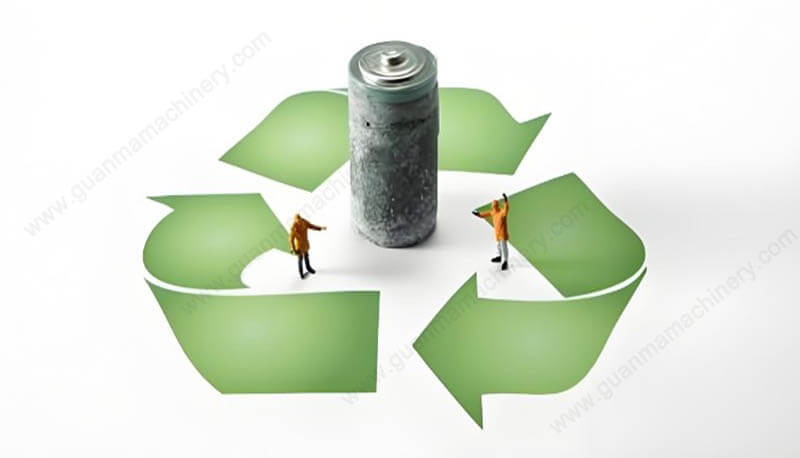Lead Acid Battery Recycling Machine operation is crucial for environmental compliance and resource recovery. This detailed, step-by-step guide empowers operators to run these systems safely and efficiently, maximizing output and minimizing downtime.
Understanding the Core Process Flow
Before operation, grasp the key stages a lead acid battery recycling plant performs:
1. Battery Breaking & Separation
Dismantling batteries, separating components.
2. Lead Grid Processing
Cleaning and preparing lead grids for smelting.
3. Lead Paste Desulfurization & Smelting
Converting lead paste into reusable lead.
4. Polypropylene Recycling
Cleaning and pelletizing plastic casings.
5. Electrolyte Neutralization & Recovery
Safely treating sulfuric acid.
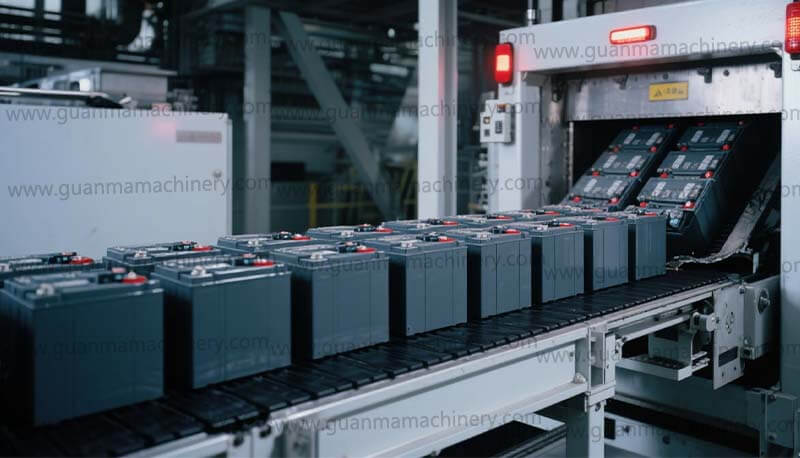
Step-by-Step Operating Procedure
Phase 1: Pre-Operational Checks & Safety Setup
Safety First
Don full PPE: acid-resistant suit, gloves, boots, face shield, respirator. Ensure eyewash stations and spill kits are accessible. Review battery recycling safety protocols.
Machine Inspection
Visually inspect the entire lead recycling equipment line. Check conveyor belts, crushers, hydraulics, pumps, and the lead smelting furnace for damage or leaks. Verify safety guards are in place.
System Initialization
Power up the control panel. Check all emergency stop buttons function. Initialize the PLC-controlled battery recycling system and run diagnostics.
Material Readiness
Ensure sufficient neutralizing agents (e.g., soda ash) for electrolyte and paste treatment. Verify empty collection bins for lead, plastic, and waste are positioned correctly.
Phase 2: Feeding & Primary Processing
Battery Feeding
Load spent lead-acid batteries onto the infeed conveyor using appropriate handling equipment. Maintain a steady, controlled feed rate suitable for your battery breaker system capacity. Crucial: Remove large metallic straps or excessive debris beforehand.
Battery Breaking
Activate the primary crusher/hammer mill. Batteries are shattered, releasing electrolyte and separating components.
Initial Separation
The broken mixture moves to a vibrating screen or hydro-separation unit. Liquids (electrolyte) drain off. Solids (plastic chunks, lead grids, paste) proceed.
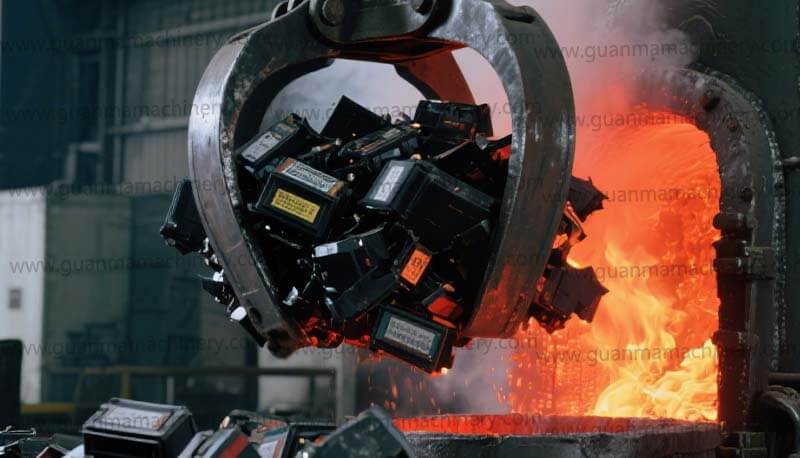
Phase 3: Component Separation & Processing
Plastic Separation
Wet or dry separation techniques isolate polypropylene (PP) chunks. These are washed, dried (often in a plastic washing and drying unit), and granulated into reusable PP pellets.
Lead Grid Separation
Heavy lead grids and terminals are separated from lighter paste fractions using gravity methods (sink-float tanks, vibratory tables). Grids are washed and sent directly to the lead refining furnace.
Lead Paste Handling
The collected lead paste undergoes desulfurization. It’s mixed with a reagent (like sodium carbonate) converting lead sulfate to lead carbonate and sodium sulfate solution. This mixture is filtered or decanted.
Phase 4: Smelting & Refining
Furnace Charging
Load desulfurized lead paste filter cake and cleaned lead grids into the lead smelting furnace (e.g., Rotary, Blast, or Reverberatory furnace).
Smelting Process
Initiate the furnace heating cycle according to manufacturer specs. Reducing agents (e.g., coke/coal) are added. Impurities rise as slag; molten lead sinks.
Slag Removal & Refining
Periodically skim off slag. Once smelting is complete, tap molten lead into refining kettles. Further refining removes remaining impurities to produce high-purity recycled lead bullion.
Casting
Pour refined molten lead into molds to form ingots or pigs.
Phase 5: Electrolyte Treatment & Waste Management
Acid Collection & Neutralization
The sulfuric acid collected during breaking is pumped to a dedicated electrolyte neutralization system. Slowly add neutralizing agent (like caustic soda or lime) under controlled conditions to form sodium sulfate solution or gypsum sludge.
Crystallization/Filtration
Process the neutralized solution to crystallize sodium sulfate (a saleable byproduct) or filter and dry gypsum sludge for safe disposal.
Waste Handling
Segregate and manage any residual waste (separators, sludge not processed) according to local hazardous waste regulations for battery recycling.
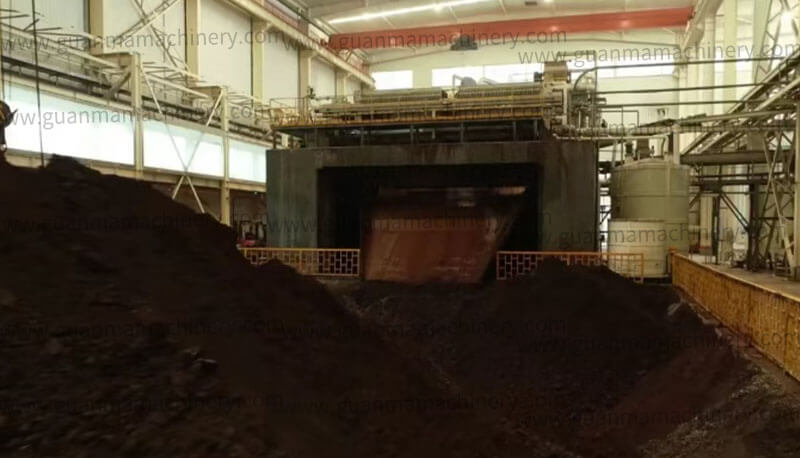
Phase 6: Shutdown & Maintenance
Orderly Shutdown
Follow the manufacturer’s battery recycling machine shutdown procedure. Allow the lead smelting furnace to cool according to protocol. Flush relevant lines if required.
Cleaning
Thoroughly clean all processing areas, especially where lead paste or acid was handled. Use appropriate neutralizing cleaners.
Post-Operation Inspection
Check wear parts (crusher hammers, screens, pump seals). Note any abnormalities for maintenance.
Record Keeping
Log operational hours, material processed (tons of batteries), outputs (lead, plastic, byproducts), maintenance performed, and any issues.
Key Considerations for Optimal Operation
Feed Quality: Consistent feed (battery types/sizes) improves separation efficiency.
Chemical Management
Precisely control reagent dosing for paste desulfurization and acid neutralization.
Temperature Control
Critical during smelting and refining for yield and quality.
Emissions Control
Ensure lead battery recycling emission control systems (baghouses, scrubbers) are functioning optimally.
Preventive Maintenance
Schedule regular maintenance per the manual to avoid costly breakdowns.
Why Choose Professional Recycling Machinery?
Operating a modern Lead Acid Battery Recycling Machine is complex but highly rewarding. It transforms hazardous waste into valuable commodities – recycled lead ingots, clean polypropylene plastic, and sodium sulfate – while preventing environmental contamination.
Ready to integrate efficient, safe battery recycling into your operations? Guanma Machinery provides advanced lead acid battery recycling machinery and comprehensive support. Explore our solutions today!

